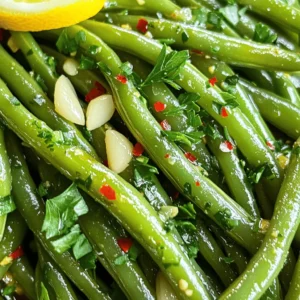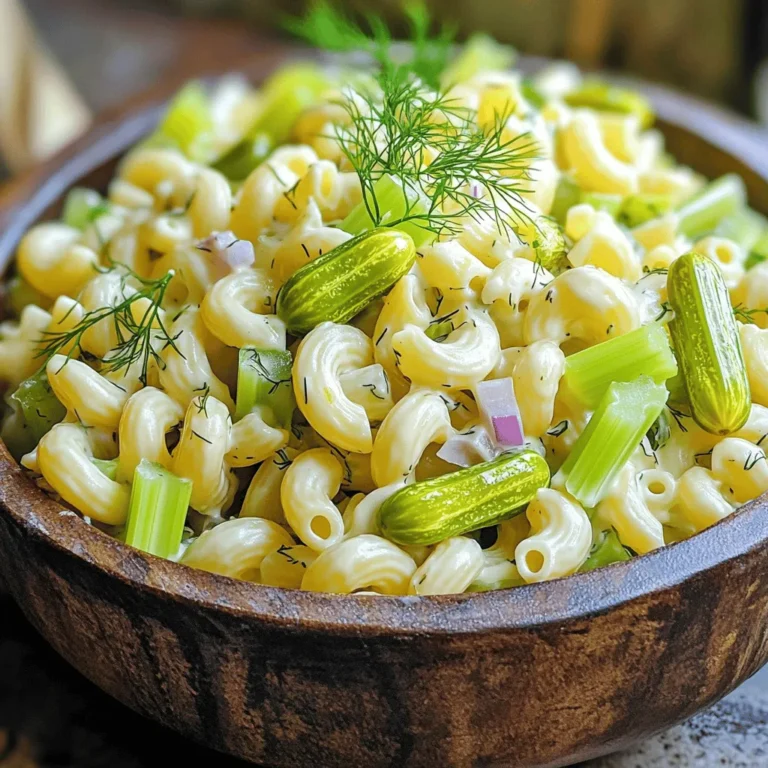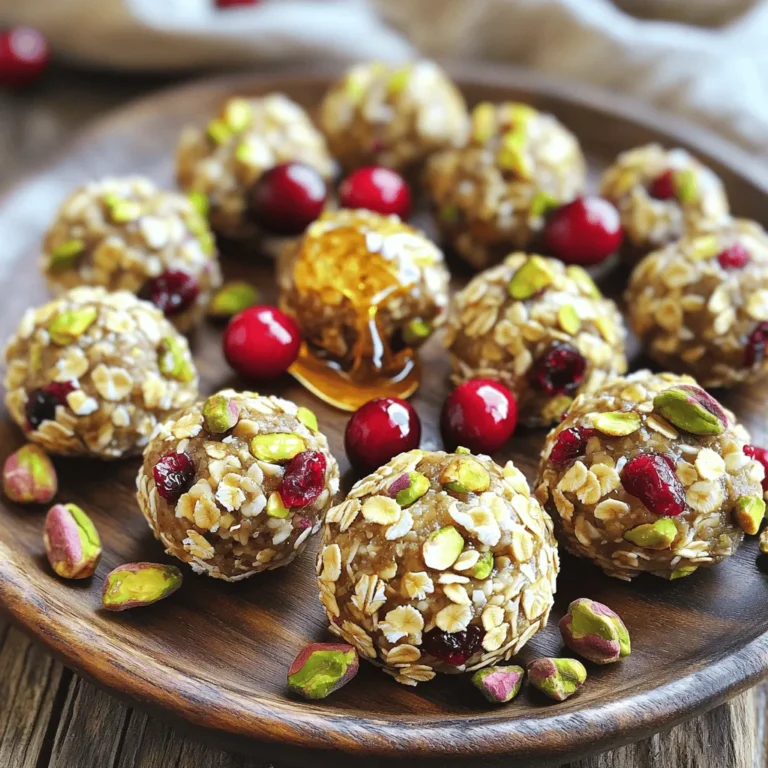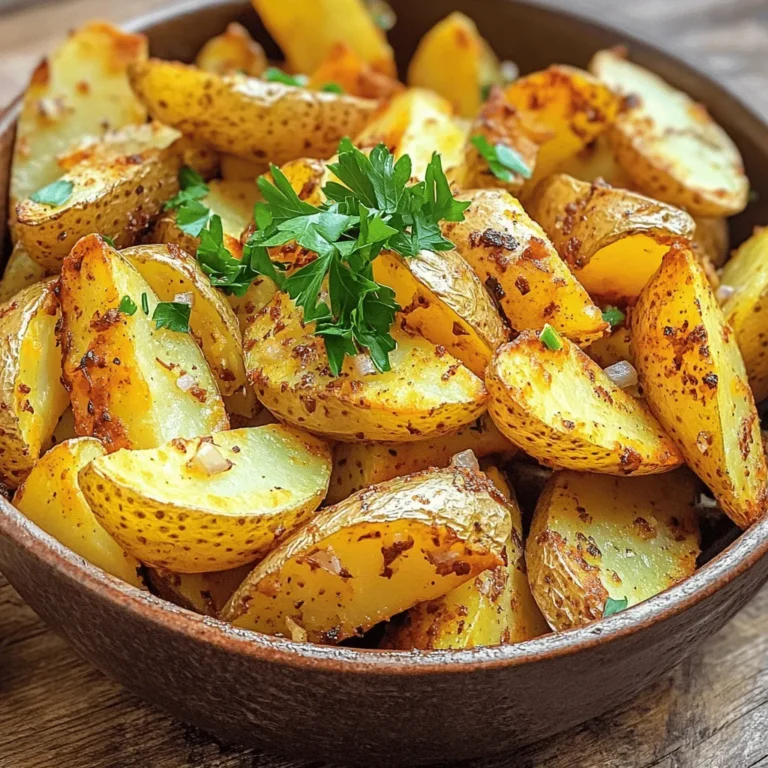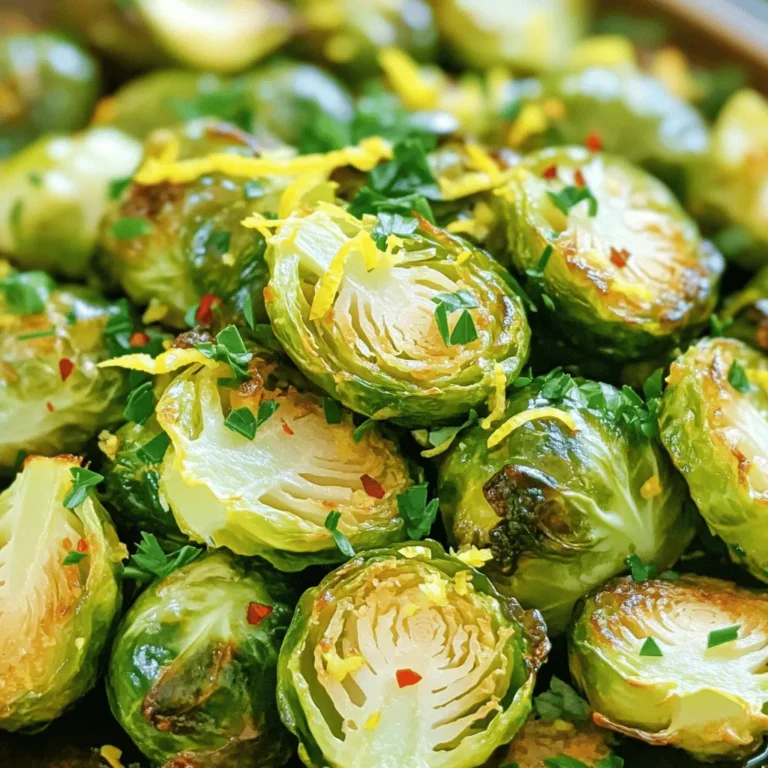Sautéed Garlic Green Beans Simple and Tasty Dish
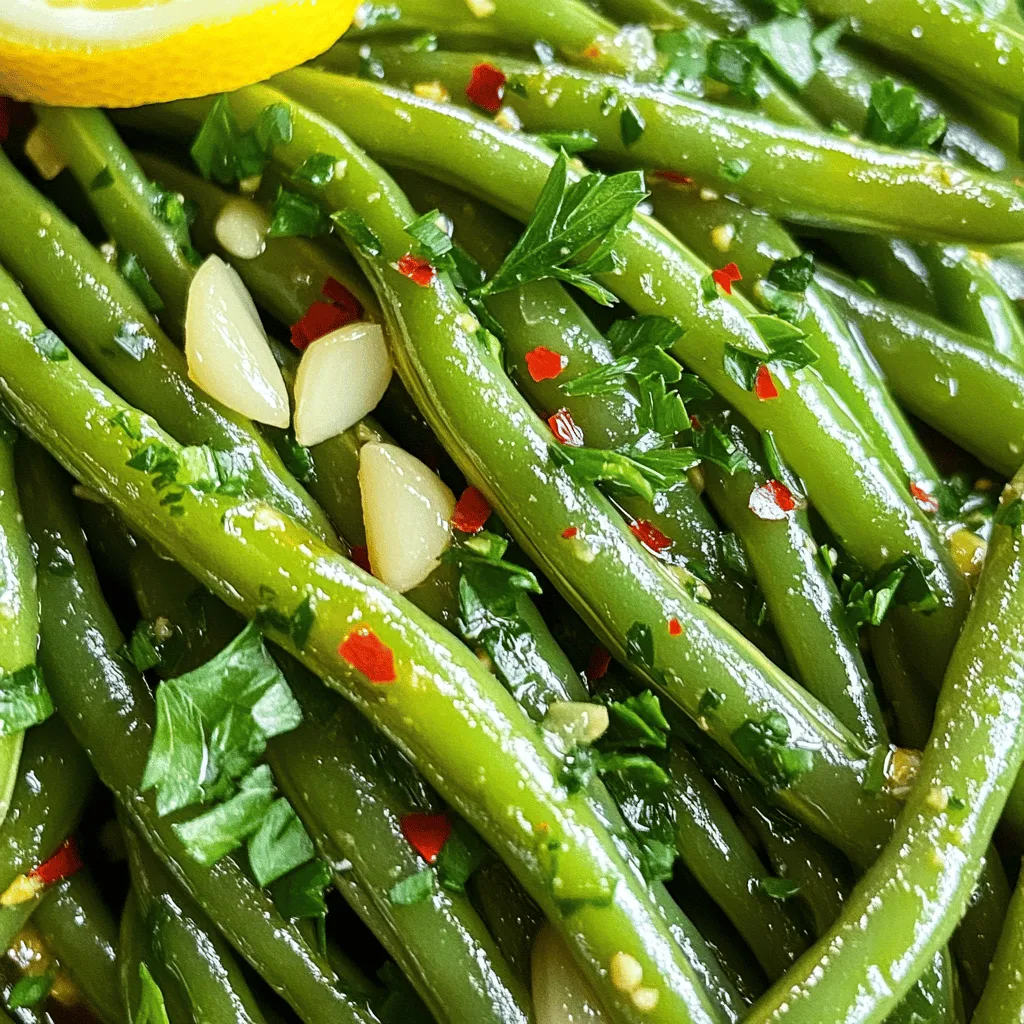
Looking for a simple side dish that packs a punch? You’ve found it! Sautéed garlic green beans are quick, tasty, and full of flavor. In this post, I’ll share easy steps, tips, and unique twists to elevate this classic recipe. Whether you’re new to cooking or a seasoned chef, these green beans will impress at any meal. Let’s dive in and make this mouthwatering dish together!
Ingredients
Fresh Green Beans
– 1 pound of fresh green beans, trimmed
Fresh green beans are the star of this dish. They add a crisp texture and a bright green color. Look for beans that are firm and vibrant. Trim both ends before cooking to keep them neat.
Garlic and Aromatics
– 4 cloves of garlic, thinly sliced
Garlic brings a strong, rich flavor. Use fresh garlic for the best taste. Thinly slicing it helps release its oils and aroma.
Seasoning and Flavor Enhancers
– 2 tablespoons olive oil
– 1 tablespoon soy sauce
– 1 teaspoon red pepper flakes (optional, for a spicy kick)
– Salt and freshly ground black pepper, to taste
– Zest of 1 lemon
– 1 tablespoon fresh lemon juice
– Fresh parsley, chopped, for garnish
The olive oil gives a nice base for cooking. Soy sauce adds depth and saltiness. If you like heat, red pepper flakes are great! Lemon zest and juice brighten the dish. Parsley adds color and freshness.
Step-by-Step Instructions
Preparing the Green Beans
First, rinse the fresh green beans under cold water. This helps remove dirt and keeps them clean. Next, take a sharp knife and trim both ends of each bean. Make sure to cut just enough. After trimming, dry the beans with a clean kitchen towel. This step keeps your sauté from getting watery.
Sautéing the Garlic
Now, heat a large skillet over medium heat. Pour in two tablespoons of olive oil. Wait for the oil to shimmer slightly, but do not let it smoke. Carefully add the thinly sliced garlic to the hot oil. Sauté for about one minute while stirring. You want the garlic to smell good but stay pale. If it turns brown, it may taste bitter.
Cooking the Green Beans
Add the prepared green beans to the skillet, tossing them in the garlic oil. Stir gently to coat them well. Cook for about 5 to 7 minutes. You want the beans to be bright green and tender-crisp. If you like some heat, sprinkle in red pepper flakes in the last minute. When the beans are ready, drizzle soy sauce over them. Stir well and season with salt and black pepper to taste. Just before serving, add lemon zest and juice. Toss gently to mix. Finally, transfer the beans to a serving dish and garnish with fresh parsley.
Tips & Tricks
Preventing Burnt Garlic
To keep your garlic from burning, watch the heat. Use medium heat. Once the oil shimmers, add the garlic. Stir it often. You want it to smell great, not turn brown. If garlic burns, it tastes bitter. If you see it getting dark, take it off the heat right away.
Achieving Perfect Tender-Crisp Texture
For tender-crisp green beans, timing is key. Cook them for about 5-7 minutes. Stir them gently while they cook. They should be bright green and still slightly firm. If you want them softer, cook a minute or two more. Keep an eye on them; overcooking can make them mushy.
Enhancing Flavor with Lemon
Lemon adds a bright flavor to the dish. Use both the zest and juice for the best taste. Zest the lemon before juicing it. Add the zest and juice right before serving. This keeps the flavors fresh and lively. A little lemon can really wake up your green beans.
Try these tips for a delicious side dish.Enjoy your cooking!
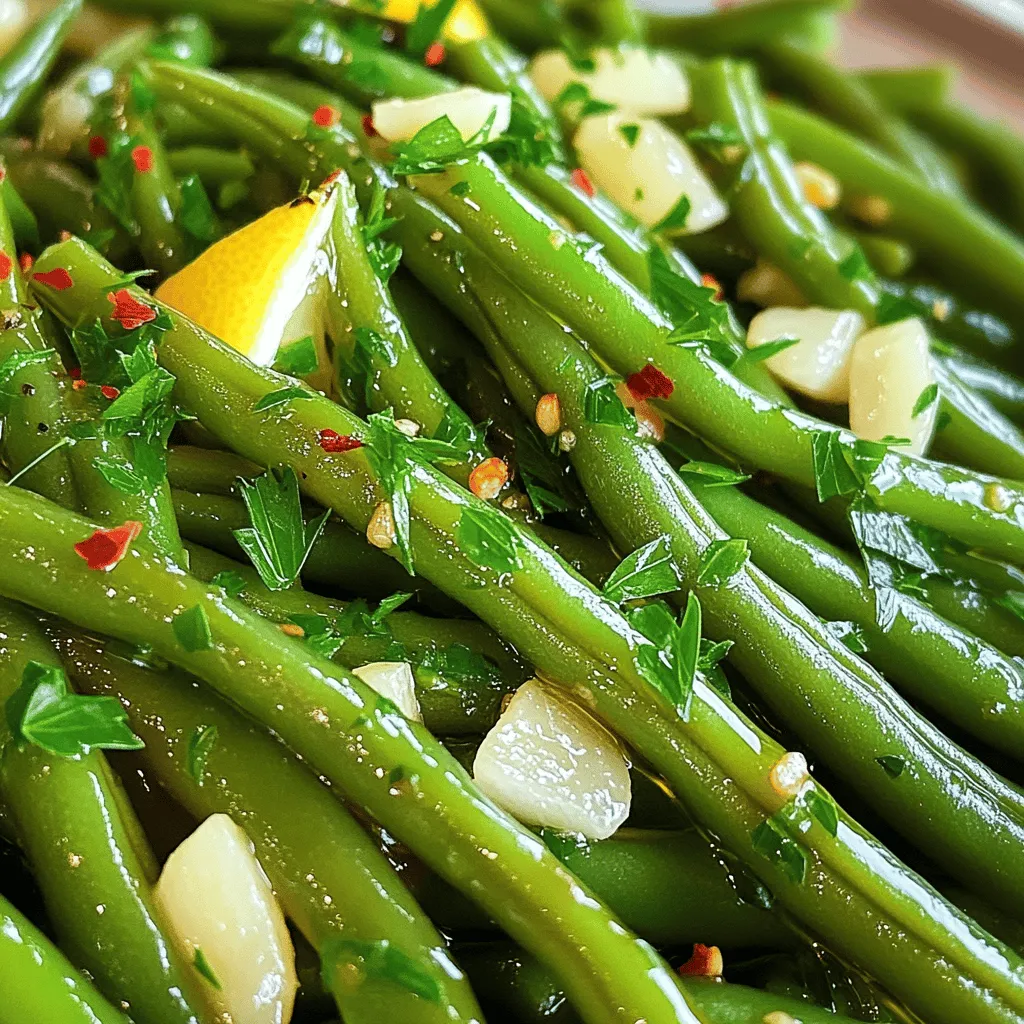
Variations
Adding Protein (e.g., Chicken or Tofu)
You can make sautéed garlic green beans a full meal by adding protein. Chicken is a great choice. Simply slice cooked chicken and add it to the skillet during the last few minutes of cooking. This way, the flavors meld nicely. If you prefer a plant-based option, try tofu. Use firm tofu, cut it into cubes, and sauté it until golden before adding the green beans.
Spicy Sautéed Garlic Green Beans
If you love heat, spice up your green beans! You can add red pepper flakes, as mentioned in the recipe. For more heat, try adding sliced fresh chili peppers or a dash of hot sauce. These will give your dish an extra kick. Just remember to taste as you go. This way, you can control the spice level to match your liking.
Vegetarian and Vegan Options
This recipe is already vegetarian and vegan-friendly. You can keep it simple or add more veggies. Consider bell peppers, carrots, or snap peas for color and texture. You can also mix in cooked quinoa or rice for a hearty side dish. The options are endless! Just ensure that any added ingredients continue to enhance the dish without overpowering the green beans.
Storage Info
Storing Leftover Sautéed Green Beans
You can store leftover sautéed green beans in an airtight container. Keep them in the fridge for up to three days. Make sure they cool down first. This helps keep them fresh and tasty. If you want to enjoy them later, do not add any extra garnish.
Reheating Instructions
To reheat, use a skillet over medium heat. Add a splash of olive oil to keep them moist. Stir often for about three to five minutes. You can also use a microwave. Place them in a microwave-safe dish and cover it. Heat for one to two minutes, checking to avoid overcooking.
Freezing Sautéed Green Beans
Freezing sautéed green beans is easy. First, let them cool completely. Then, spread them on a baking sheet in a single layer. Freeze for about one hour. Once frozen, transfer them to a freezer bag. They can last up to three months. When ready to eat, thaw in the fridge and reheat as instructed.
FAQs
How to make sautéed garlic green beans sweeter?
To make sautéed garlic green beans sweeter, add a touch of honey or maple syrup. These natural sweeteners blend well with the garlic. You can also try adding a pinch of brown sugar while cooking. This will balance the savory and sweet flavors in the dish. For a different twist, mix in some sautéed onions for added sweetness. Caramelized onions create a rich, sweet taste that pairs nicely with green beans.
Can I use frozen green beans for this recipe?
Yes, you can use frozen green beans for this recipe. However, they may need a few extra minutes to cook. Start by thawing them in warm water before sautéing. This helps them cook evenly and prevents excess moisture in the pan. Keep in mind that frozen beans may not have the same crisp texture as fresh ones. If you want a firmer bite, try using fresh green beans for the best results.
What are the best tips for sautéing vegetables?
When sautéing vegetables, follow these tips for success:
– Use high heat: This helps to cook the veggies quickly, keeping them crisp.
– Don’t overcrowd the pan: Give each piece space to cook evenly.
– Stir often: This ensures even cooking and prevents burning.
– Add aromatics first: Sauté garlic, onion, or spices before adding the main vegetables to build flavor.
– Season as you go: Add salt and pepper at different stages for layered flavor.
These tips will help you master sautéing and make your dishes shine!
This blog covered how to make tasty sautéed garlic green beans. We explored fresh ingredients, step-by-step cooking, and helpful tips. You can add protein or spice for fun variations. Proper storage keeps leftovers fresh. Remember to check the FAQs for extra advice. With this guide, you can enjoy perfect green beans any time. Happy cooking!
